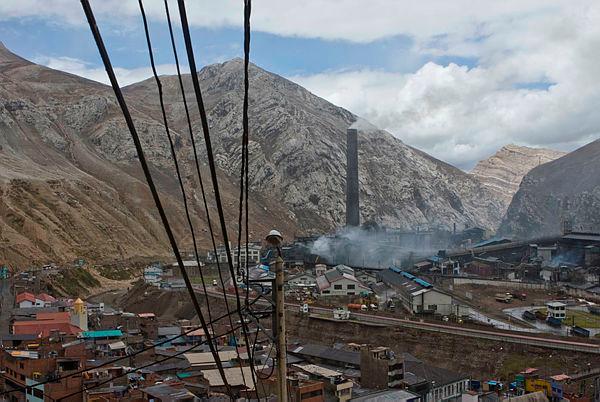PETALING JAYA: Malaysia is sitting on a substantial treasure trove of non-radioactive rare earth elements (NR-REE), estimated at a staggering 16.1 million metric tonnes, with a commercial value of about RM1 trillion.
However, Universiti Kebangsaan Malaysia Faculty of Science and Technology professor Dr Nor Shahidah Mohd Nazer urged the government to exercise caution in the extraction of NR-REE.
Nor Shahidah, whose expertise is geological engineering and soil mechanics, warned of potential risks associated with the application of the valuable resource.
She said China faced numerous challenges due to its mineral mining activities and Malaysia must learn from their experience.
“If we are not meticulous in our approach to NR-REE mining, Malaysia may face problems related to water and air pollution, biodiversity loss and public health concerns.”
Citing examples such as Kvanefjeld in Greenland, Denmark, Nor Shahidah said: “The presence of extensive NR-REE deposits in Kvanefjeld does not mandate comprehensive extraction and deposits are left untouched for environmental preservation.
“While Malaysia considers adopting the in-situ leaching technique for NR-REE extraction, concerns about environmental hazards persist. The injection of chemicals into the ground raises worries about potential groundwater contamination, soil softening and associated risks.”
She said balancing extraction with sustainability is crucial for Malaysia’s long term well-being, adding that rigorous monitoring and effective mitigation measures are imperative to ensure the sustainable implementation of the extraction technique.
Nor Shahidah also said the NR-REE discovery holds the promise of providing a significant economic boost to the country’s coffers.
The Malaysian Investment Development Authority (Mida) said NR-REE is a crucial component of various industries such as electronics, renewable energy, healthcare and telecommunications.
On this, Nor Shahidah said its unique properties make NR-REE indispensable in the production of smartphones, electric vehicles, wind turbines and medical equipment like MRI machines.
“NR-REE is also needed for the aerospace and defence industries to produce lightweight and high-strength materials, among others.
“It serves as a catalyst in chemical processes, enhances LED lighting, contributes to high-speed communication networks and improves the properties of ceramics and glass.”
She said such industries could witness significant advancements, leading to the creation of new job opportunities and economic growth in Malaysia.
Malaysia University of Science and Technology economist Geoffrey Williams said the country stands at the cusp of gaining from its NR-REE deposits.
“Extracting it promises huge economic prosperity for Malaysia, but strategic and sustainable management is essential to ensure lasting benefits and safeguard the people’s well-being. The extraction and export of NR-REE could play a pivotal role in Malaysia’s economic development, potentially translating into substantial benefits for the people,” he said.
Considering its estimated RM1 trillion commercial value, Williams said the impact on Malaysia’s fiscal policies would be substantial, influencing taxation, public spending and social programmes.
“If wisely invested within Malaysia, the income could drive development across states or be allocated to a sovereign wealth fund for pensions and social protection, especially in the context of Malaysia’s ageing society.”
He said the importance of Malaysia’s NR-REE deposits lies in long-term investments rather than short-term spending, adding that in terms of the country’s position in the global market for rare earth elements, there is no anticipated inflation or distortions.
“The country’s role as a supplier of green growth solutions can contribute to global net-zero targets, benefitting from the demand for environmentally friendly products.”
Williams also said conducting proper environmental impact assessments could help mitigate concerns, ensuring the well-being of the local population.
“Malaysia’s contribution to global net-zero targets through rare earth resources used in green growth products aligns with environmental goals while pursuing economic benefits,” he said.









